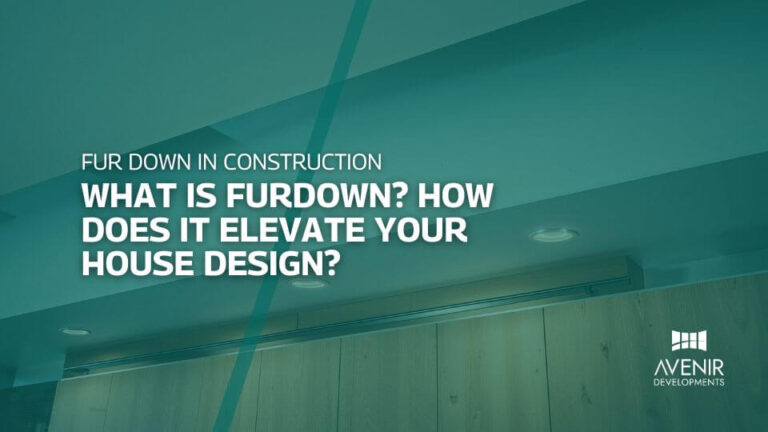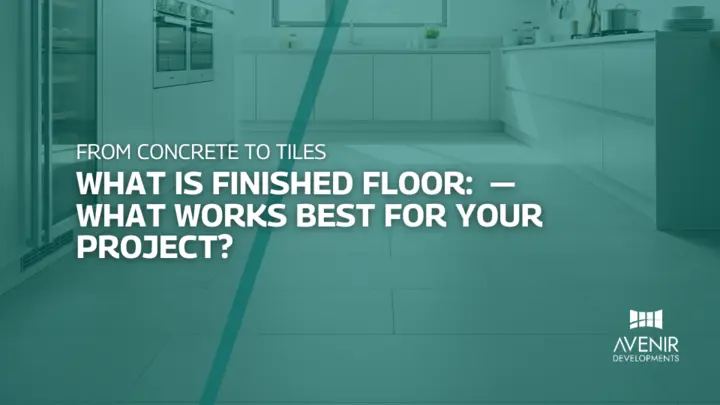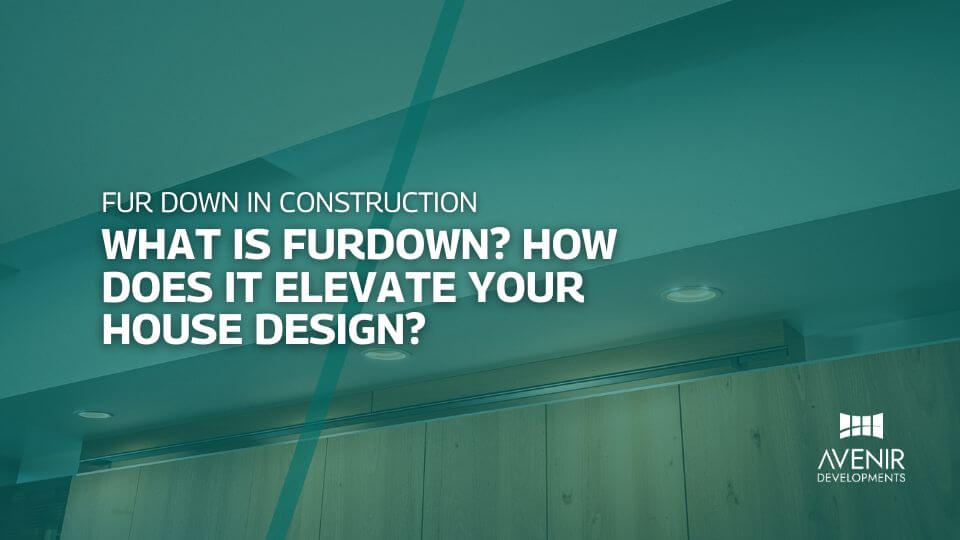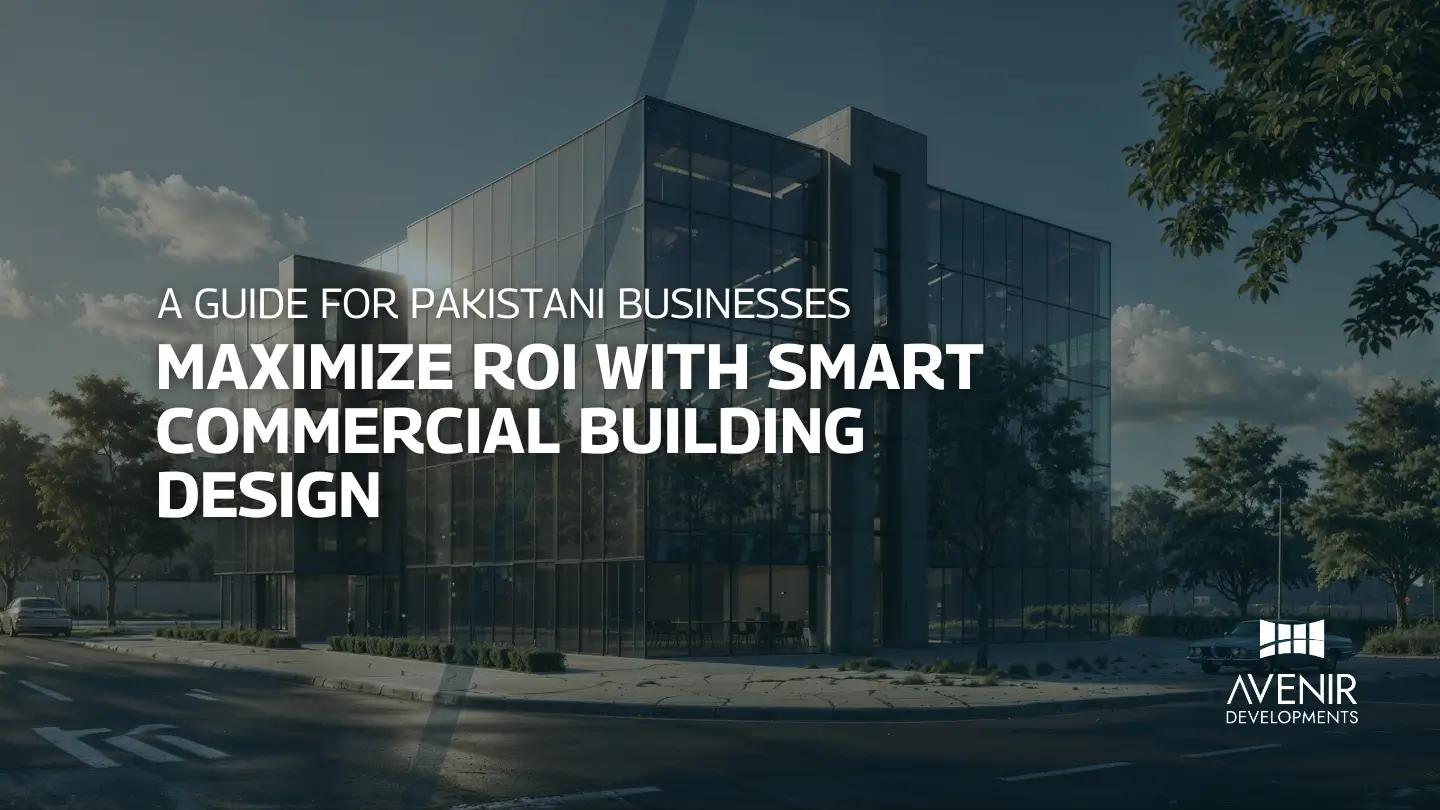What is a Furdown? How Does It Elevate Your House Design?
A “furdown” is a lowered section of a ceiling, also known as a soffit or bulkhead. It serves two main purposes: practically, it hides things like pipes and ductwork, and aesthetically, it’s used by designers to shape a room or add features like integrated lighting. While some homeowners consider them dated, architects use them as a versatile tool in modern design. The name comes from the construction term “furring out” and has no connection to animal fur.
Ready to discuss the architectural design for your project? Contact us for a consultation today.
Understanding the Practical Uses of a Furdown in Construction
A furdown, which is sometimes called a soffit or bulkhead, is a part of the ceiling that is lower than the rest of it. The main job of this is to hide mechanical, electrical, and plumbing (MEP) parts that might otherwise be visible. Think of it as a smartly built box that hides the useful but frequently ugly parts of a building.
This can be quite helpful for your new house design in Pakistan. Let’s say you desire an open-plan living room in your new home in DHA Phase 8 Lahore. A carefully placed fur down can disguise the big HVAC ducts that keep the space cold, keeping the ceiling line clean and clear. In the same way, a furdown can hide wiring and fire sprinkler systems in an office in Blue Area Islamabad, making the space look neat and professional.
A well built furdown can help you with a lot of everyday problems by hiding:
- Ductwork for heating and cooling
- Drains and pipes for plumbing
- Wiring and junction boxes for electricity
- Lighting fixtures that are set back
- Beams that support the structure and hang below the main ceiling joists
THE FURDOWN, DECODED
From structural necessity to architectural statement, understanding the dropped ceiling that shapes modern interiors.
What’s in a Name?
The greatest challenge in discussing the “furdown” is its confusing terminology. While often used interchangeably, these terms have distinct meanings for architects and builders.
Furdown
The most specific term for a ceiling section intentionally framed downwards. It’s an architect’s precise language.
Soffit
The most common term, but technically refers to the underside of *any* architectural element (eaves, arches, etc.).
Bulkhead
A term often used by builders, implying a larger, boxier structure built to conceal major ductwork or plumbing.
The Two Faces of the Furdown
A furdown is driven by a duality: it’s both a practical problem-solver and a deliberate design tool. This chart shows the primary reasons for its construction.
Function: The Problem Solver
Its core purpose is to cleanly conceal the essential but unsightly systems of a building, such as HVAC ducts (🌬️), plumbing (💧), and electrical wiring (⚡️).
Form: The Design Tool
Aesthetically, it defines zones in open layouts (🛋️), adds visual interest to flat ceilings (✨), and integrates sophisticated lighting (💡).
Anatomy of Construction
Building a furdown is a precise process, moving from planning to a seamless, finished feature.
Mark lines on wall & ceiling
Build skeleton with wood/metal
Cover frame with drywall
Tape, mud, sand & paint
Case Study: The Kitchen Soffit
The most common furdown is the kitchen soffit. Removing or updating it is a top renovation goal, dramatically improving the feeling of space and modernity.
This chart shows the impact of soffit renovation on homeowner perception. Modernizing the furdown significantly boosts satisfaction with kitchen height, storage, and overall aesthetics.
Beyond the Kitchen
The furdown’s versatility shines in various spaces. This radar chart compares its suitability across different rooms based on key design criteria.
Basements score high on functional need for hiding ducts, while living areas excel in aesthetic impact and lighting potential.
The Lighting Revolution
The single greatest factor in the furdown’s modern renaissance is its synergy with lighting. The internal cavity is perfect for creating clean, integrated illumination.
While classic recessed lights remain popular, the use of LED strips for dramatic cove and linear effects is the defining trend in modern furdown design.
To Build or Not to Build?
The decision to add, keep, or remove a furdown involves a balance of practical needs and design goals.
👍 Pros
- Effectively conceals MEP systems
- Adds architectural character
- Defines zones in open layouts
- Perfect for integrated lighting
- Can improve acoustics
👎 Cons
- Can look dated if poorly designed
- Lowers perceived ceiling height
- Limits access for maintenance
- Can be complex to build correctly
- Top surface collects dust
The Evolution of the Furdown
The furdown is not dead; it has evolved. Its journey reflects changing tastes and technologies in interior design.
1970s: The Utilitarian
Primarily a functional solution. Built out of necessity to hide the bulky pipes and ducts of early central air and modern plumbing systems.
1990s: The Dated Trope
Became a standard, often bulky feature in kitchens to close the gap above cabinets. Now seen as the hallmark of a dated design.
2020s: The Modern Statement
Reborn as a sleek, intentional design tool. Used to create dramatic lighting effects with LEDs and define spaces in minimalist, open-concept homes.
Enhancing Your Space with a Modern Furdown Design
Beyond its functional benefits, a furdown is a powerful tool for adding aesthetic value and character to your interior spaces.
When you add a furdown to the look of your property, you can really see its full potential. Architects and designers utilize the furdown in modern house design to make things look interesting and to separate different parts of a larger room. It lets you get rid of flat, boring ceilings and add depth and style to your house or office.
Think about how your kitchen looks. A furdown that goes above the kitchen cabinets can fill in the space between the cabinets and the ceiling, making the room look more finished and if it was made just for you. This is a common feature in residences in Bahria Town Lahore and Bahria Enclave Islamabad. You can even put recessed lights in the furdown to light up your countertops just so.
In bathroom design, a furdown can be utilized to create a fallen ceiling above the vanity or shower area. This not only makes the place look more upscale, but it also makes it easy to put up extractor fans and lights.
Here’s how a furdown design can make your room better:
- Makes architecture more interesting: It makes a flat ceiling less boring.
- Defines Zones: an open-concept floor design can use it to visually separate the dining area from the living room.
- Better Lighting: This is the best type of building for putting in recessed or ambient lighting.
- Adds a Sense of Height: A furdown can make the main ceiling look higher by lowering some parts of it.
Key Considerations for Your Furdown Construction Project
Proper planning and professional execution are essential for a furdown that is both functional and visually appealing.
To build a furdown, you first frame it (usually with wood or metal studs), then cover it with drywall, and then finish it so that it matches the rest of the ceiling. It may seem simple, but doing it exactly right is quite important for a good result. Whether you are building a custom home in Capital Smart City or renovating an apartment in DHA Lahore, the success of your fur down depends on the skill of your construction team.
You need to plan for everything that will be within the furdown before building starts. This means figuring out what kind of recessed lighting to use, where to put HVAC vents, and whether or not access panels are needed. Access panels are very crucial for future maintenance since they let you or a technician get to hidden pipes or electrical junctions without having to tear down the building.
If you hire a design-build business with a lot of experience, your furdown will not only be made to last, but it will also fit in perfectly with the rest of your house. A professional crew will make sure that the framing is strong, the drywall is done perfectly, and all of the parts work together as they should.
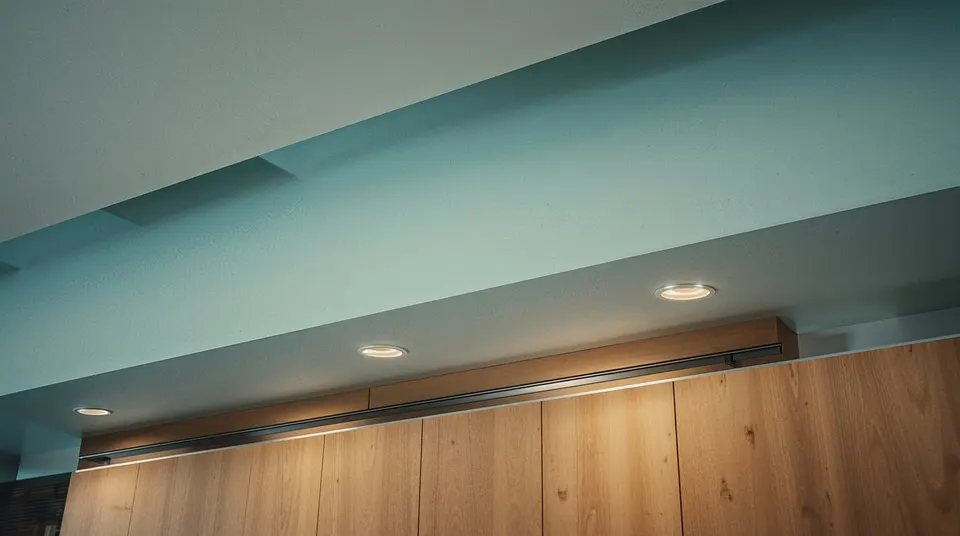
Frequently Asked Questions About Furdown Design
Here are some answers to queries you may have regarding adding a furdown to your property.
Is a bulkhead, a soffit, and a furdown the same thing?
Yes, both words are often used to mean the same thing in interior construction. All of these terms refer to a part of the ceiling that is lower than the rest of the ceiling. It was designed to hide structural parts or for aesthetic reasons. The exact word used can change depending on where you are and who the architect or contractor is.
How can I tell if my house needs a furdown?
If you have things you want to hide, such plumbing lines, HVAC ducts, or support beams, you probably need a furdown. Your architect will find these spots during the design phase for your home in DHA Islamabad or Lahore and suggest a furdown design as a clean and effective way to fix the problem.
Will a furdown make my room seem smaller?
Not if it is built the right way. A furdown does lower part of the ceiling, but it can make the higher parts of the ceiling look taller. A well-designed furdown frames a space and provides depth, which may make a room appear bigger and more architecturally interesting, especially in apartments in places like Emaar or Bahria Garden City.
How much does it cost to put up a furdown in Lahore or Islamabad?
The price can change a lot depending on the size, how complicated it is, and what is within it (such lights and vents). A basic, straight fur down will cost less than a complicated, multi-level design with a lot of lights. Once we know exactly what you need for your project, we can provide you a detailed cost estimate.
What are the finest ways to light up a kitchen furdown?
Recessed LED lights, often known as pot lights, are the most popular choice for a modern kitchen furdown design. They provide your countertops great, direct light. You might also think about putting in LED strip lights for softer, ambient light that makes your kitchen feel more upscale.
Is there anything else a furdown may be utilized for than covering pipes?
Yes, for sure. A furdown is a key feature in modern house design used to define spaces without walls, create dramatic ceiling effects, and serve as a focal point. One way to make a room feel more intimate is to put a furdown over a dining table or a seating area in the living room.
Is it possible to add a furdown to a room that already exists?
Yes, you may add a furdown to an existing home. People often add this feature during restorations, notably in basements to hide ducting or in kitchens to make the space above the cabinets look better. We may look at your property in places like Lake City Lahore or Gulberg Greens Islamabad to see how to effectively add a furdown.
How can I get to the cables or pipes inside a furdown later?
This is something really important to think about. We put access panels at important places during construction. These panels are meant to fit in with the ceiling, but they can be opened simply for any future repairs, so you can get to what you need without destroying the building.
Is the Thought of Construction Delays and Budget Issues a Concern?
Building a home in Lahore or Islamabad should be a fun adventure, not a stressful one. You should have a team that values your time, money, and vision.
We know that property owners often have problems with contractors who don’t show up on time, costs that come up out of nowhere, and projects that take months longer than planned. You need a partner who can handle the difficulties of building and give you great quality without any problems. We make sure you are in charge every step of the way by being open and honest with you throughout the design-build process.
Stop worrying about what might happen during construction. Work with a team that promises a smooth, professional, and predictable building process. Call us to find out how we work.
Ready to Build a Property That Exceeds Your Expectations?
Your home in DHA Lahore or DHA Islamabad is more than simply a piece of land; it’s the start of your future. Let’s work together to make a space that really shows off your concept and is built to the greatest standards of quality.
Imagine a smooth process where your ideas are turned into a beautiful building design and then built with care and precision. Our team of architects, designers, and builders works together to make your ideal house or business project a reality. We take care of everything so you can focus on the end result: a beautiful, useful, and valuable property that you can be proud of.
Get started on making your dream come true. Set up a design session with our experts today. Contact Avenir Developments on WhatsApp to book free consultation.


